The rise of digital photography has transformed the way photographers capture, edit, store, and share images. However, this digitization has also introduced a host of cybersecurity challenges for photographers, studios, and photography businesses. From data breaches to ransomware attacks, the risks are significant, especially for those working with sensitive client information or large archives of high-quality images. In this article, we will explore the main cybersecurity threats facing the digital photography business and highlight some best practices for staying safe.
Ransomware Attacks
One of the most dangerous cybersecurity threats faced by photographers is ransomware. In this type of attack, hackers gain unauthorized access to a computer or server, encrypting all files and holding them hostage until a ransom is paid. For photographers, the consequences can be devastating. Losing access to client photos or work-in-progress can lead to missed deadlines, upset customers, and financial losses. Since digital files in photography are often large and valuable, photographers make tempting targets for these kinds of attacks. Preventing ransomware requires robust security measures such as keeping software updated, using strong antivirus programs, and regularly backing up all files to secure, offline locations.
Data Breaches and Client Information Theft
Professional photographers often handle sensitive client data, such as personal details, payment information, and high-value photographs that may be under contract or embargo. A data breach in which hackers steal client information could lead to legal complications, loss of reputation, and financial damages. Even photographers working in fields like weddings or family portraits could find themselves targeted, as personal and intimate photos can be monetized or used for malicious purposes. To mitigate this risk, photography businesses must ensure they store client information securely, using encryption and two-factor authentication (2FA) where possible, and work with trusted payment platforms.
Cloud Storage Vulnerabilities
The use of cloud storage services is widespread in digital photography. Photographers often store and share high-resolution images via platforms such as Google Drive, Dropbox, or dedicated photography storage services. While these cloud services offer convenience, they also present a potential weak point for cybercriminals to exploit.

Poor password management or weak access controls can lead to unauthorized access and data theft. Additionally, some cloud platforms may not offer sufficient encryption, exposing files during transfer or storage. Cyber security companies often recommend implementing robust access controls and encryption protocols to safeguard valuable images and sensitive data stored in the cloud. It’s crucial for photographers to choose cloud providers with strong security protocols and ensure proper use of passwords and encryption.
Phishing Attacks
Phishing remains one of the most common types of cyberattacks across all industries, including photography. In a phishing attack, hackers send fraudulent emails or messages designed to trick the recipient into providing sensitive information or clicking on malicious links. Photographers may receive phishing emails posing as clients, service providers, or suppliers, asking for log-in credentials, payment information, or access to storage platforms. Falling for such scams can result in stolen credentials, financial losses, and unauthorized access to client data. Photographers must be cautious when receiving unsolicited emails or messages, always verify the sender, and use spam filters to detect suspicious communications.
Copyright and Intellectual Property Theft
Photography businesses rely heavily on their intellectual property—their images. However, this valuable asset is at constant risk of being stolen, altered, or misused. Cybercriminals may steal high-quality photographs from websites, social media, or cloud storage and use them for commercial purposes without permission. For photographers, this can mean lost revenue and damage to their brand. Protecting intellectual property online involves watermarking images, using low-resolution previews, and utilizing digital rights management (DRM) technologies. Additionally, keeping an eye on where and how your work is shared online can help spot unauthorized use early.
Social Media and Website Hacks
Many photographers rely on social media platforms and websites to promote their work, engage with clients, and attract new business. However, these digital platforms can also be targeted by hackers looking to exploit vulnerabilities or steal data.

A hacked website could lead to downtime, malware infection, or even a loss of business as clients lose trust in the photographer’s brand. Securing social media accounts with strong, unique passwords and enabling 2FA is a simple yet effective measure. For websites, regular software updates, strong hosting security, and using HTTPS can help prevent unauthorized access.
Ideal Practices for Cybersecurity in Photography
Protecting a digital photography business from cyber threats requires a proactive approach. Here are a few best practices to follow:
- Regular Backups: Ensure all images and data are backed up regularly to secure offline storage.
- Use Strong Passwords and 2FA: For all accounts and platforms, using strong passwords and enabling 2FA is a must.
- Encryption: Encrypt sensitive data, especially client information, to protect it from unauthorized access.
- Update Software: Keep all devices, software, and platforms up to date with the latest security patches.
- Educate Yourself and Your Team: Stay informed about the latest cybersecurity threats and train team members on how to recognize phishing or suspicious activity.
Conclusion
As the digital photography business continues to evolve, so do the cybersecurity risks that accompany it. From ransomware to intellectual property theft, photographers must remain vigilant to protect their valuable assets and client information. By implementing strong cybersecurity practices, digital photographers can reduce the likelihood of an attack and ensure the safety of their work in an increasingly digital world.



